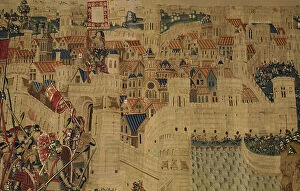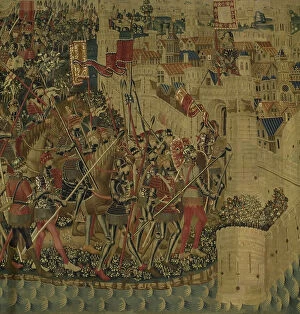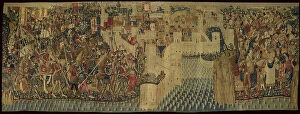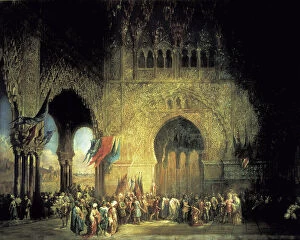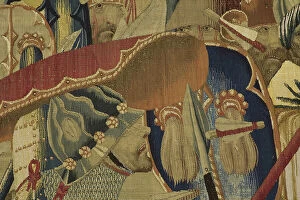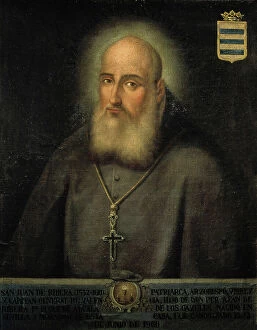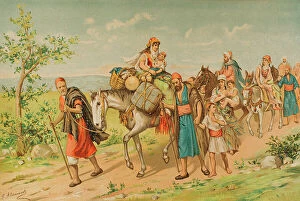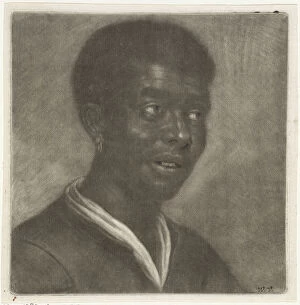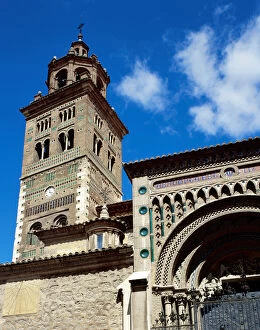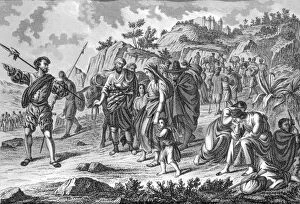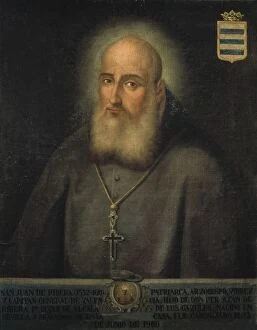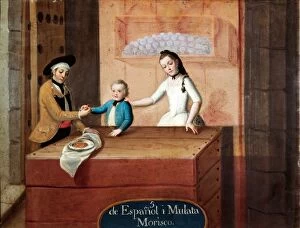Morisco Collection
"Morisco: Traces of a Complex History" The term "morisco" refers to the descendants of Muslims who converted to Christianity in Spain during the Middle Ages
All Professionally Made to Order for Quick Shipping
"Morisco: Traces of a Complex History" The term "morisco" refers to the descendants of Muslims who converted to Christianity in Spain during the Middle Ages. This diverse group played a significant role in shaping Spanish history, leaving behind an indelible mark that can be seen through various artistic depictions. One such portrayal is found in the painting "Expulsion of the Moriscos from Spain - order of Philip III. " This artwork captures a pivotal moment when these individuals were forcibly expelled from their homeland, reflecting the religious and political tensions prevalent during that time. In contrast, "The baptism of the Moorish of the Kingdom of Granada" showcases another aspect of their existence. Through vibrant polychrome colors, this piece highlights their conversion to Christianity and integration into Spanish society. It serves as a reminder that despite their differences, they were part of a multicultural fabric within Spain. Artistic representations also shed light on interracial relationships involving moriscos. Paintings like "Spaniard and Mulatta Produce a Morisca" and "Spaniard and Morisca Produce an Albino" depict mixed-race families with morisco heritage. These works challenge traditional notions of identity while emphasizing unity amidst diversity. Furthermore, portraits such as "Man with turban" and "African Woman" provide glimpses into individual lives within this community. They symbolize cultural exchange between Africa and Spain, showcasing how people from different backgrounds coexisted in harmony. Architecture also reflects morisco influence, as seen in Mudejar-style structures like Teruel Cathedral in Aragon. Built during the 12th-13th centuries by Muslim craftsmen under Christian rule, it exemplifies architectural fusion at its finest – blending Islamic motifs with Christian elements. Notable historical figures associated with moriscos include John of Austria, an illegitimate son whose lineage embodied both Christian royalty and Muslim ancestry. His story represents complexities faced by those straddling two worlds, torn between loyalty and identity.

